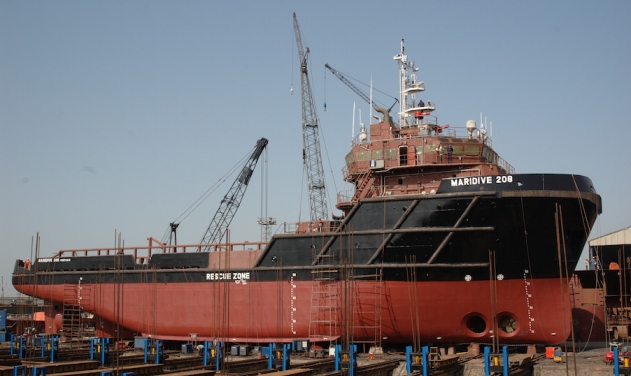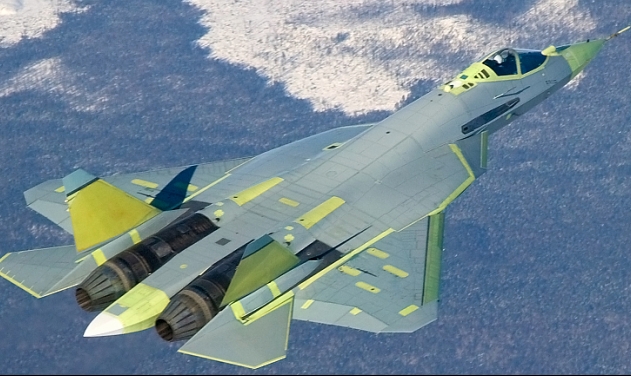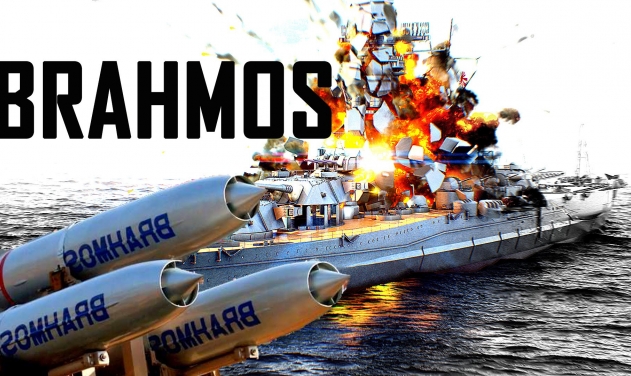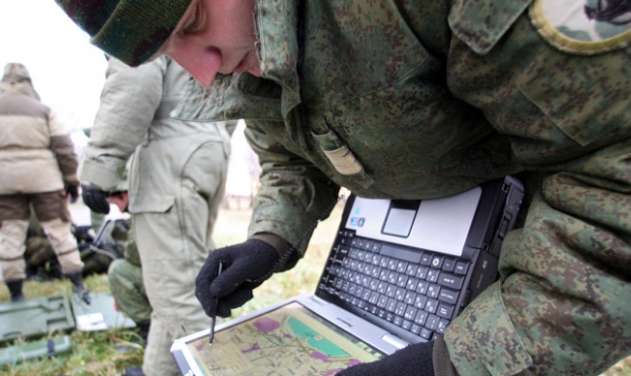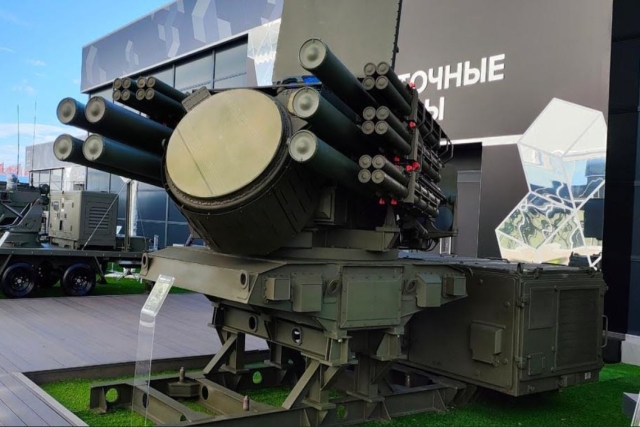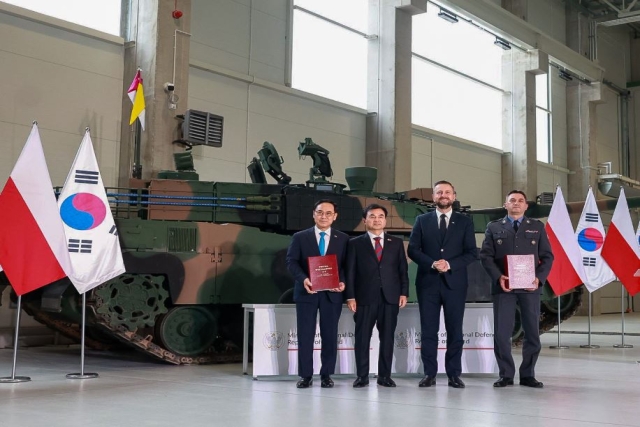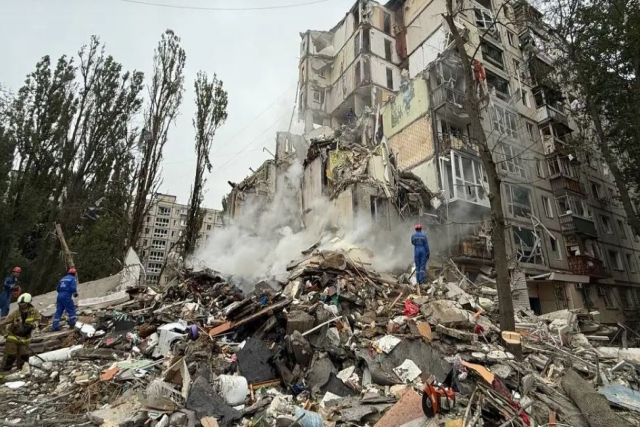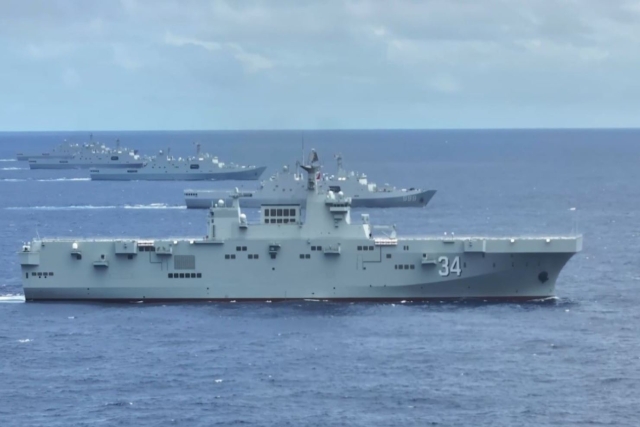India To Lease Second Russian Nuclear Submarine To Replace INS Chakra
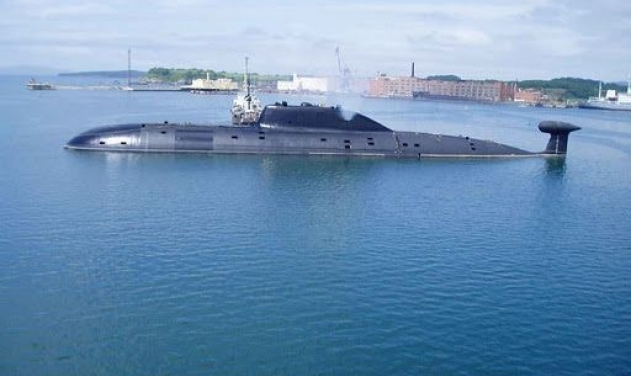
India is negotiating to lease second nuclear submarine from Russia only to replace the INS chakra, when its 10 year lease agreement expires in 2022.
The Indian Navy will not be deploying a second Russian nuclear attack submarine in addition to the INS Chakra “sub surface nuclear” (SSN) vessel lease signed in 2011, Business Standard reported today.
“India would only get delivery of a second SSN by 2020-21. There might be some overlap with INS Chakra but, after its lease runs out in 2022, India will continue to operate just one Russian SSN.” Russian official said.
A half-built Amur-class submarine in Russia, tentatively named Irbis, could be completed and delivered to India by 2020-21. While the Chakra lease cost $970 million, the next submarine might be substantially costlier.
On the other hand, Russian experts are supporting the Indian Navy’s indigenous SSN program. According to which New Delhi plans to develop into four-six indigenous SSNs, as part of the established Russia-India partnership in nuclear submarines. The Chakra and its successor are intended to develop the expertise needed to operate these.
Usually negotiations on nuclear assets are kept secret and hence the replacement of SSN was not announced after 17th Russia-India annual summit meeting in Goa last week between Prime Minister Narendra Modi and President Vladimir Putin.
Installing a reactor is a precision task that is vital for a nuclear submarine’s stealth. It involves segregating all moving or noisy reactor parts from the hull by mounting the reactor on a “raft” and using “noise suppression systems”.
Nuclear submarines, both SSNs and SSBNs, have far greater endurance unlike conventional submarines. A nuclear submarine can remain submerged indefinitely, since generating of nuclear power does not require air. This allows it to silently cover long distances underwater, slip undetected into a patrol area, and lurk in wait for enemy shipping, which it can destroy with torpedoes or missiles before escaping, still submerged.
The Indian Navy currently faces acute shortage of submarines. The service has just deployed 13 against an assessed requirement of 24 conventional submarines.
In addition, Mazagon Dock, Mumbai, is building six Scorpene conventional submarines, slated to enter service between 2017-2020.
Due to India’s coastal hydrography, and its operational requirements, the navy requires both conventional and nuclear submarines. The smaller conventional vessels are required for the Arabian Sea, which is very shallow for larger nuclear boats. On the contrary, the deeper Bay of Bengal and Indian Ocean, with their vast expanses, require SSNs to cover.

